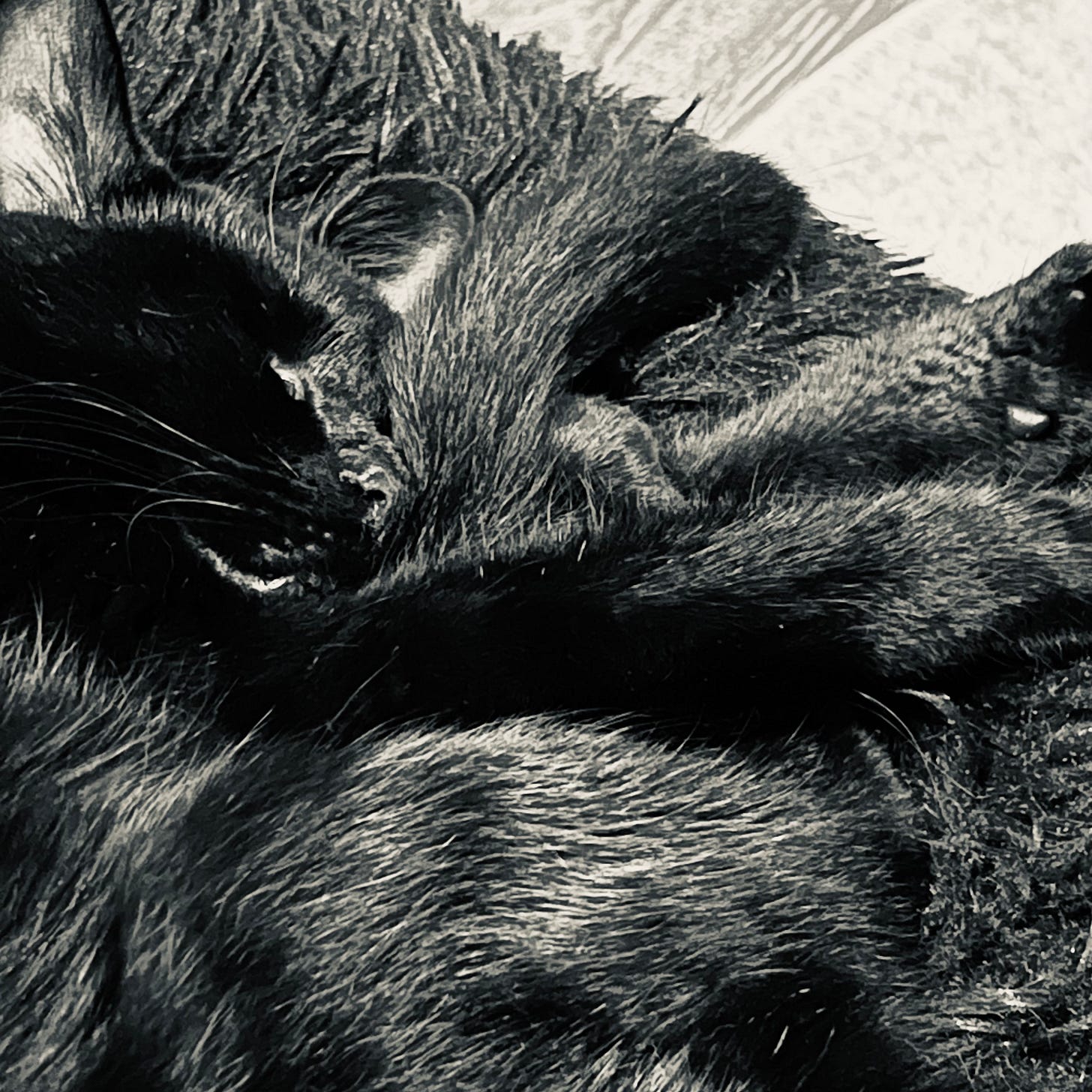Fear and Karma
Nothing gained
I’m not entirely sure what I accomplished this year, but maybe accomplishing nothing was what I needed. I mean, things happened… I finished my first attempt at drawing photorealism, I helped host online art lessons for kids in Ukraine with Laurie, a friend and creative inspiration passed away so I gave the drawing to his mother, and I began participating in a local American Zen group. I also spent time reading, and I made good progress with my physical health. Perhaps the main thing to appreciate is how I’ve been able to connect with myself, especially in this past month, and how I’m beginning to see and accept all the anger and fear that I still have.
Anger is an emotion I’ve thought a lot about in the last few weeks. I think anger must be a signal that some boundary has been breached. If that’s the case, then it’s ultimately a manifestation of fear about that transgression. When our expectations aren’t met, such as when a boundary isn’t upheld, there’s an ending to our familiar construed image or known fantasy of how things are and how things would likely go. According to J. Krishnamurti in his book Freedom from the Known, fear is the ending of the known.
But to go further, consider that the word “transgression”, the thing that’s feared and causing the anger response, implies that there was an act of injustice. So if I were to analyze this anger and see if it’s justified, then I would be looking at nothing more than a moral question. Then, if anger is rooted in a moral question, how should a moral question be answered? This is an ancient problem. Ghandi interpreted the Bhagavad Gita to tell us that the moral answer comes from the moral conscience, and if we can awaken to this morality deeply embedded within us, the answer intuitively comes to us and right action follows. Furthermore, the awakening of the conscience, not only in ourselves but also in the transgressor, mutually reveals any moral failings, which leads to abundant conditions for reconciliation. Overall, this is a peaceful response to fear that heals and ends the proliferation of injustice; this is a peaceful karmic art of dealing with fear and its emotions.
To go even further, this isn’t only a matter of intuition and karma yoga, but also logic and reason since our perceptions can be flawed. We can challenge our perceptions and impressions with reason, and evaluate whether the anger and fear is rational and justified before seeking karmic action.
As the year comes to an end, the big takeaway that I’ve learned is to just sit with whatever it is that I’m experiencing, which Joko Beck articulates as a key point of Zen practice in her book Everyday Zen. To just sit unveils so much about my present state and conscience.
Everything is moving, but nothing isn’t moving. It’s always present, always right there.


